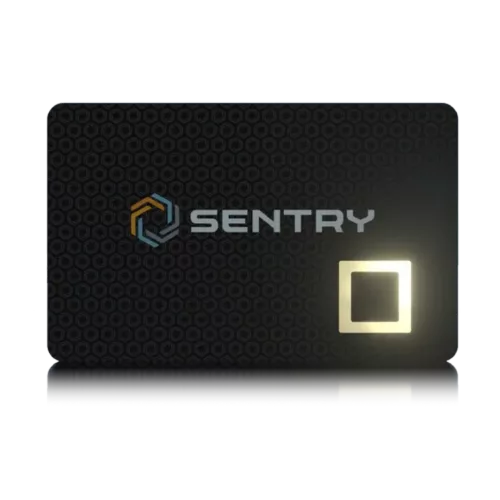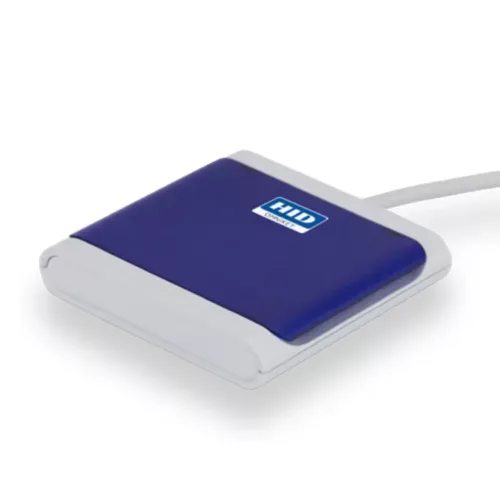RSA (Rivest–Shamir–Adleman) is an asymmetric encryption algorithm public-key cryptosystem that is widely used for secure data transmission. RSA was developed in 1977 by Ron Rivest, Adi Shamir, and Leonard Adleman. The RSA algorithm is the most commonly used encryption and authentication algorithm and is included as part of the Web browsers from Microsoft and Netscape. It’s also part of Lotus Notes, Intuit’s Quicken, and many other products. The encryption system is owned by RSA Security. The company licenses the algorithm technologies and also sells development kits. The technologies are part of existing or proposed Web, Internet, and computing standards.
In a public-key cryptosystem, the encryption key is public and distinct from the decryption key, which is kept secret (private). An RSA user creates and publishes a public key based on two large prime numbers, along with an auxiliary value. The prime numbers are kept secret. Messages can be encrypted by anyone, via the public key, but can only be decoded by someone who knows the prime numbers.
The other method of asymmetric encryption with RSA is encrypting a message with a private key. In this example, the sender of the data encrypts the data with their private key and sends encrypted data and their public key along to the recipient of the data. The recipient of the data can then decrypt the data with the sender’s public key, thus verifying the sender is who they say they are. With this method, the data could be stolen and read in transit, but the true purpose of this type of encryption is to prove the identity of the sender. If the data were stolen and modified in transit, the public key would not be able to decrypt the new message, and so the recipient would know the data had been modified in transit.
The technical details of RSA work on the idea that it is easy to generate a number by multiplying two sufficiently large numbers together, but factorizing that number back into the original prime numbers is extremely difficult. The public and private key are created with two numbers, one of which is a product of two large prime numbers. Both use the same two prime numbers to compute their value. RSA keys tend to be 1024 or 2048 bits in length, making them extremely difficult to factorize, though 1024 bit keys are believed to breakable soon.
The security of RSA relies on the practical difficulty of factoring the product of two large prime numbers, the “factoring problem”. Breaking RSA encryption is known as the RSA problem. Whether it is as difficult as the factoring problem is an open question. There are no published methods to defeat the system if a large enough key is used.
RSA is a relatively slow algorithm. Because of this, it is not commonly used to directly encrypt user data. More often, RSA is used to transmit shared keys for symmetric key cryptography, which are then used for bulk encryption-decryption.


